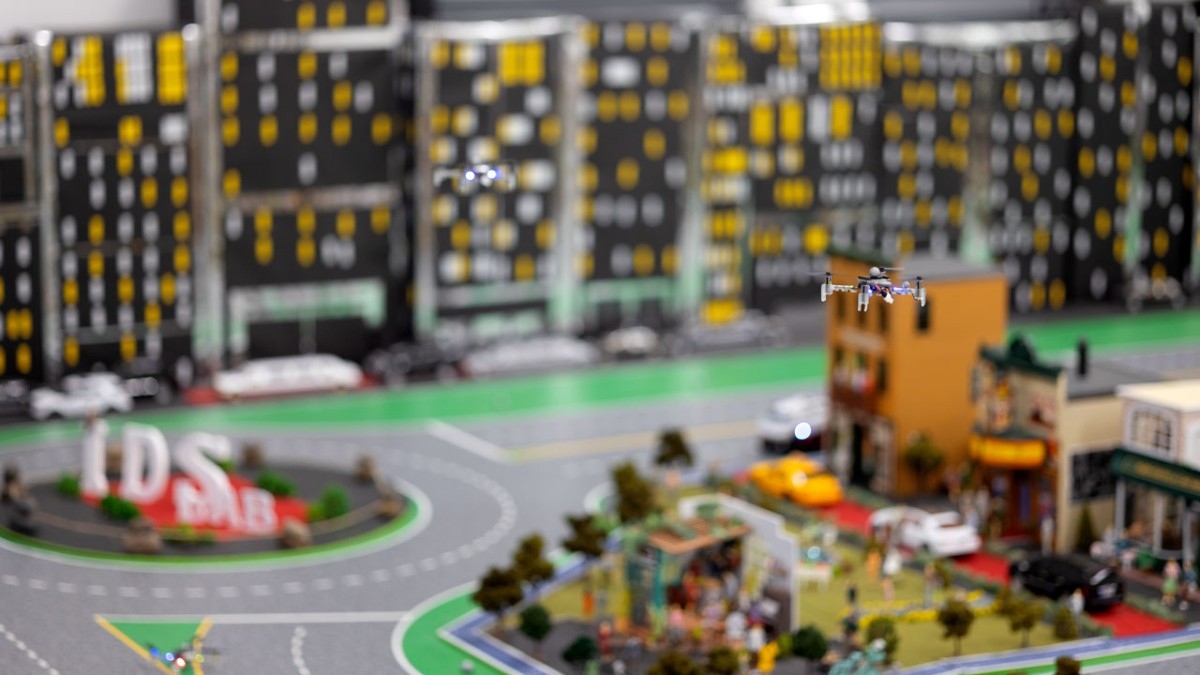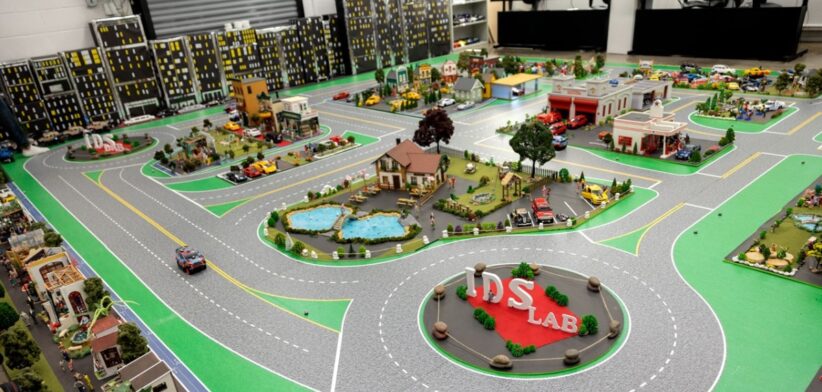A mini city in the United States is plotting the path to safer automated vehicles in urban areas.
The 1:25 scale “smart” metropolis occupies a 6m x 6m lab at Cornell University and operates scaled down versions of custom-built cars, drones, cameras and virtual reality technology.
Professor Andreas Malikopoulos said if technology developers did not have real testbeds, like the Cornell set-up, they would need to rely on simulations.
“And simulations are doomed to succeed. They’re always perfect,” Professor Malikopoulos said.
“But in the real environment, you have miscommunication, errors, delays, unexpected events.”
“This testbed can give us the opportunity to collect data and extrapolate information, something that we couldn’t do in the real world with real cars, because of safety concerns and the need for resources and space.”
Professor Malikopoulos said the scaled smart city sought to improve the performance of emerging mobility systems, such as connected and automated vehicles, by enabling small motorized cars to interact with their environment as well as other vehicles, some of which are piloted remotely by humans.
He said because the city was a controlled environment, experiments could be repeated and results verified, but unpredictability was encouraged.
Professor Malikopoulos said the lab was now on its fifth generation of the vehicles.
He said researchers took off-the-shelf remote-control cars, gut their RC components and install custom electronics, sensors and Wi-Fi that connected to a mainframe computer.
“Each vehicle has a unique visual marker so it can be tracked by the testbed’s eight cameras and GPS system.”
He said the motor pool has 75 cars and 15 mini drones.
“The aerial element allows for multiple drones to follow a vehicle and broadcast positioning information, a tactic that could help coordinate mixed traffic and enhance safety.”
Professor Malikopoulos said the team didn’t only work on hardware and software.
“They also get to be in the driver’s seat. The lab has six driver emulators where anyone can sit and “drive” through the scaled city, navigating from their car’s perspective and interacting with other vehicles on the road.”
He said the combination of automated and human-driven vehicles introduced a level of uncertainty that could help the researchers better understand the ways connected and automated vehicles reacted in real time.









